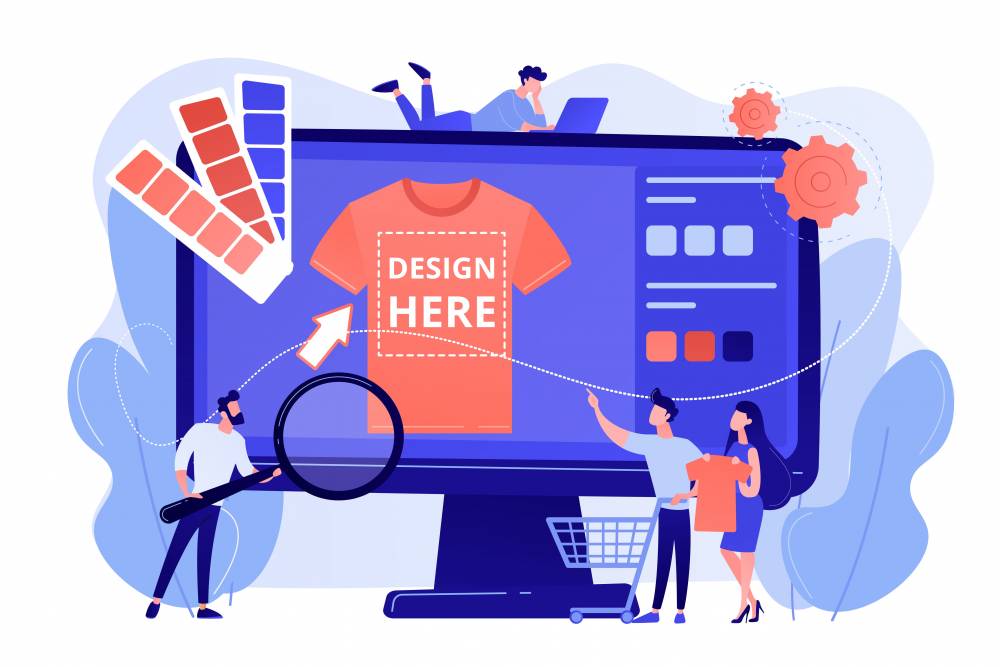Web 3.0 transforms the digital landscape, bringing decentralized applications, enhanced user experiences, and greater data security. This article explores five examples of modern web design within the Web 3.0 ecosystem, showcasing innovative web3 websites and their cutting-edge features.
What is Web 3.0?
Web 3.0 represents the next generation of Internet technology, emphasizing decentralization, user empowerment, and enhanced data privacy. Unlike its predecessor, Web 2.0, which focuses on user-generated content and social networking, Web 3.0 leverages blockchain technology, artificial intelligence, and the semantic web to create a more secure and personalized online experience.
The Evolution of Web 3.0
Web 3.0's evolution is rooted in the limits and challenges of Web 2.0. Brought big advances in user-generated content, social networking, and interactive apps. However, Web 2.0 also introduced centralized control, data privacy, and security issues. Large corporations gained substantial power over user data, leading to concerns about misuse, breaches, and transparency.
Web 3.0, often called the decentralized web, emerged as a solution to these issues. Web 3.0 aims to use blockchain and decentralized protocols. It aims to shift control from central authorities to users. This decentralization ensures data is stored across a distributed network of nodes, making it more secure and less susceptible to breaches or manipulation.
One of the critical aspects of Web 3.0 is the emphasis on user autonomy. Users can own and control their data, deciding how and with whom it is shared. This shift drives innovative web3 designs that enhance user privacy and provide transparent interactions.
Web 3.0 also uses advanced tech like artificial intelligence (AI) and the semantic web. These make user experiences smarter and more personal. These technologies allow for better data interpretation, improved search capabilities, and more innovative applications.
In summary, Web 3.0 is a big step up from Web 2.0. It fixes limits by spreading out data, boosting security, and valuing user control and transparency. This new paradigm is reshaping the internet landscape, paving the way for a more secure, private, and user-centric web experience.
Top 5 Advantages of Web 3.0 Integration
- Enhanced Security. Web 3.0 uses blockchain technology to secure data, making it tamper-proof and highly resistant to cyber-attacks.
- Decentralization. Removes the need for central authorities, reducing the risk of data breaches and ensuring greater privacy.
- Improved User Experience. Personalized and intuitive interfaces provide users a more engaging and efficient experience.
- Ownership and Control. Users have complete control over their data and digital assets, fostering a sense of ownership and responsibility.
- Interoperability. Web 3.0 allows seamless interaction between different systems and platforms, enhancing functionality and connectivity.
Best 5 Web3 Applications
Uniswap
Uniswap is a decentralized finance (DeFi) platform that allows users to trade cryptocurrencies directly from their wallets. Its web3 website design emphasizes simplicity and usability, featuring a clean interface and seamless transaction processes. The design for Web3 on Uniswap ensures a user-friendly experience while maintaining high-security standards.
OpenSea
OpenSea is the largest marketplace for non-fungible tokens (NFTs). Its web3 UX design focuses on showcasing digital art and collectibles in an accessible and visually appealing way. The platform integrates various technology website design principles to facilitate easy navigation and user interaction.
Brave Browser
Brave is a web browser that prioritizes privacy and security by blocking ads and trackers. It also incorporates blockchain technology to reward users with tokens for viewing privacy-respecting ads. Brave's web3 website design is streamlined and user-centric, promoting a faster and safer browsing experience.
Filecoin
Filecoin is a decentralized storage network that allows users to rent out spare storage space. Its web design trends emphasize transparency and reliability, featuring an intuitive interface that makes it easy for users to participate in the network. Filecoin exemplifies web 3.0 examples of combining functionality with aesthetic appeal.
MetaMask
MetaMask is a cryptocurrency wallet and gateway to decentralized applications (DApps). Its web3 website builder enables developers to create and deploy DApps effortlessly. The design focuses on security and ease of use, making it simple for users to manage their digital assets and interact with various DApps.
Why Trust ComeTec for Web 3.0 Expertise?
- Profound Expertise: Our team consists of skilled blockchain developers with in-depth comprehension of the technology and its uses.
- Extensive Materials: We provide diverse resources including articles, guides, and tutorials to aid your understanding of Web3intricacies.
- Hands-On Guidance: Offering practical insights and real-life scenarios to showcase the advantages and utilization of Web3 technology.
Conclusion
Web 3.0 is revolutionizing the way we interact with the Internet, offering enhanced security, user control, and seamless experiences. This article highlights examples of modern web design that demonstrate the innovative potential of Web 3.0 sites. As these technologies evolve, we can expect even more groundbreaking applications and designs to emerge.
FAQ
How does Web3 software leverage blockchain technology?
Web3 software leverages blockchain technology through decentralization, creating secure, transparent applications. Blockchain has a distributed ledger. It ensures data integrity and immutability. Intelligent contracts automate processes without middlemen. They boost efficiency and trust. This is compared to traditional centralized systems.
How can I get started with using Web3?
To get started with Web3, learn blockchain basics. Set up a digital wallet like MetaMask. Explore decentralized apps (DApps) on platforms like Ethereum. Get some cryptocurrency and join Web3 communities. Experiment with using DApps to gain hands-on experience.
What trends and developments can we expect to see in the future of Web3 software?
Future Web3 software trends include better links between blockchains. They also include improved scalability and growth in decentralized finance (DeFi). Also, they include the expansion of NFTs to various industries and more use of DAO governance. Lastly, they include more user-friendly interfaces and seamless integrations.






